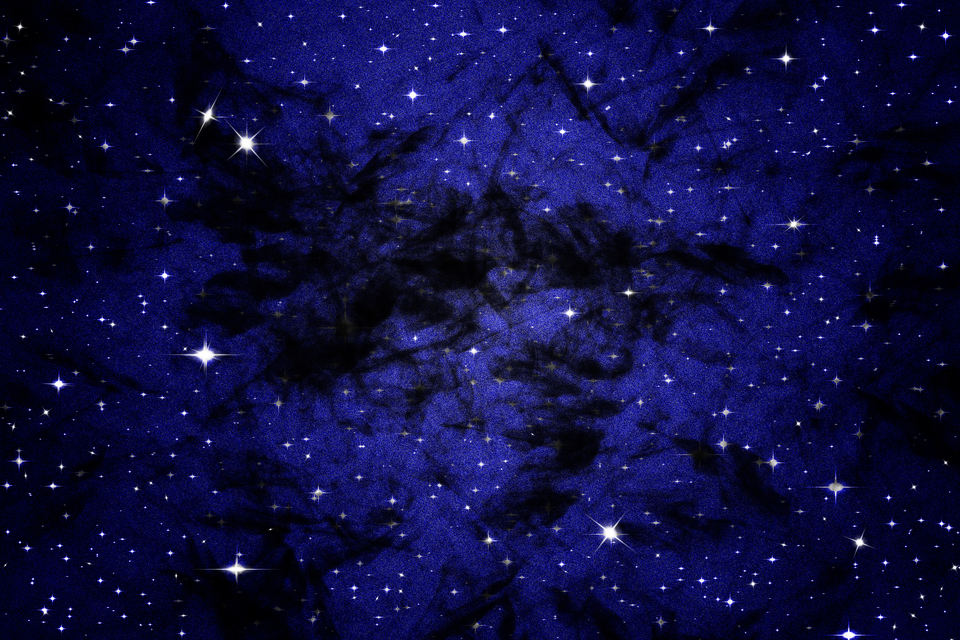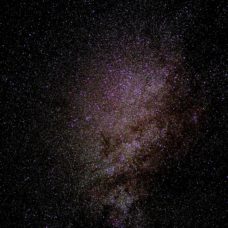The Universe’s Last Missing Baryonic Matter has Finally Been Found
After two decades of research and discovery, scientists have finally solved the puzzle of the missing baryonic matter in our Universe.
For over 20 years, researchers have been in constant search for the missing baryonic matter that makes up the universe. Studies suggest that all detectable matter in the cosmos is composed of baryonic particles. Meaning, all the stars, planets, plasma, nebulas, and even black holes contain or are fully made of baryons.
If you’re not aware, baryons are subatomic particles made up of three quarks. Typical examples of baryons are protons and neutrons which compose the atomic nuclei.
“The missing baryons represent one of the biggest mysteries in modern astrophysics,” Fabrizio Nicastro, an astronomer from the INAF-Osservatorio Astromico di Roma in Italy, said. “We know this matter must be out there, we see it in the early Universe, but then we can no longer get hold of it. Where did it go?”
However, the mystery was solved when Fabrizio and an international team of scientists found the missing baryons floating around in the space located between the stars.
In a 2012 census of the universe’s baryons, it was reported that ten percent of the baryons could be found inside galaxies. The other fifty to sixty percent were found in clouds of gas floating between galaxies and within hot gas areas surrounding galaxies known as the circumgalactic medium.
Read More: What Dark Matter and Primordial Black Holes Might Have in Common
The calculation, confusingly, left thirty percent of the baryonic matter missing. In a new study published in the journal Nature, the researchers claimed that the missing baryons were hiding as thin, hot clouds of oxygen gas floating between stars. This gas is highly ionized and is practically invisible in its diffused state.
Using the radiation coming from a distant, ultra-bright quasar called 1ES 1553, the researchers recorded how its radiation passes through space.
“This is where nature has become very perverse,” Michael Shull, an astronomer from the Colorado University-Boulder, said in a statement. “This intergalactic medium contains filaments of gas at temperatures from a few thousand degrees to a few million degrees.”
Shull and his colleagues first used the Cosmic Origins Spectrograph on the Hubble Space Telescope to figure out where they could potentially find the missing baryons in the fog. They then utilized the European Space Agency’s X-ray Multi-Mirror Mission (XMM-Newton) satellite to observe the quasar for a total of 18 days.
“After combing through the data, we succeeded at finding the signature of oxygen in the hot intergalactic gas between us and the distant quasar, at two different locations along the line of sight,” Fabrizio explained.
“This is happening because there are huge reservoirs of material – including oxygen – lying there, and just in the amount we were expecting, so we finally can close the gap in the baryon budget of the Universe.”
The signatures of highly ionized oxygen gas lying between the quasar and our solar system account for the remaining thirty percent of the baryonic matter that astronomers have been searching for in the last two decades.
Shull noted that they still need to confirm their discovery by pointing the satellites at brighter quasars. He and his colleagues will also try to explore how oxygen gas managed to get into these pockets of space.



















Comments (0)
Most Recent